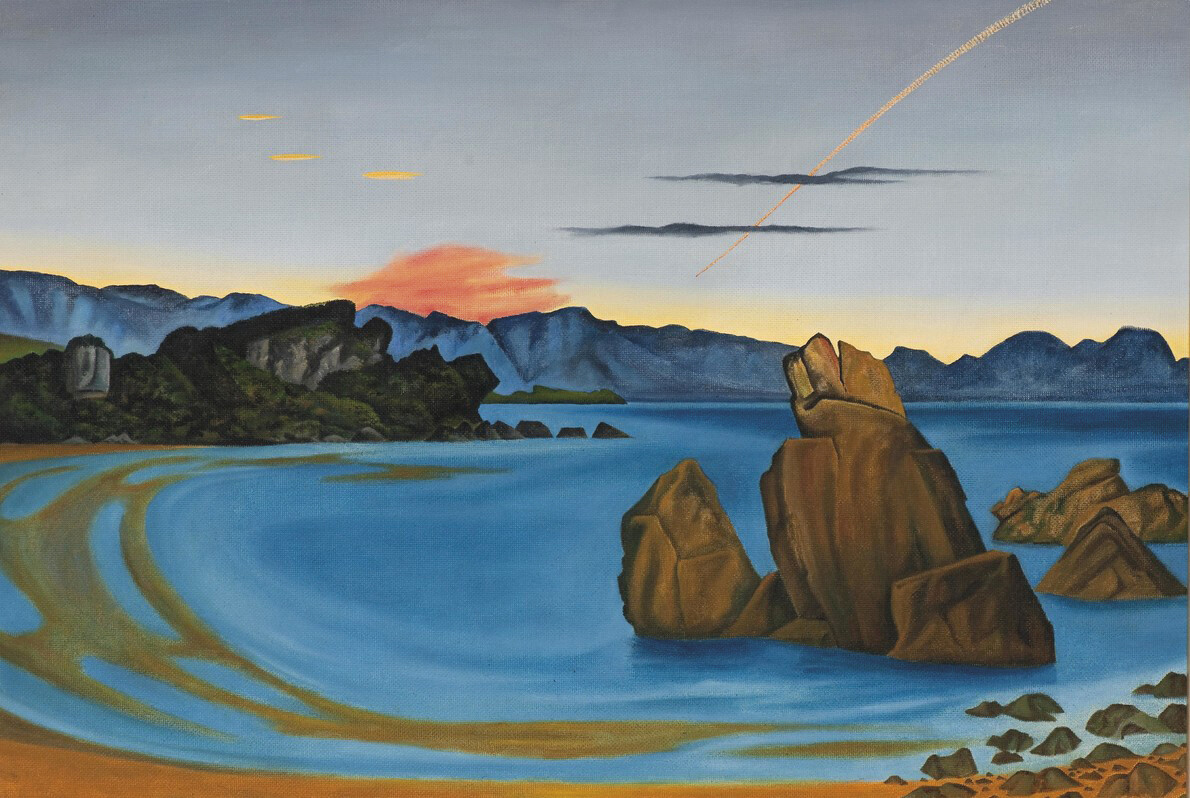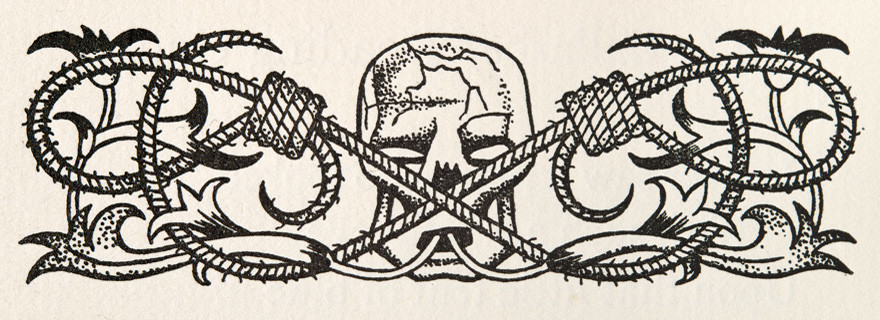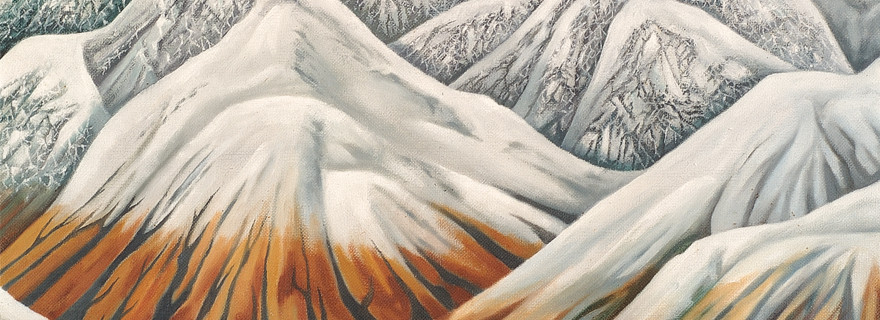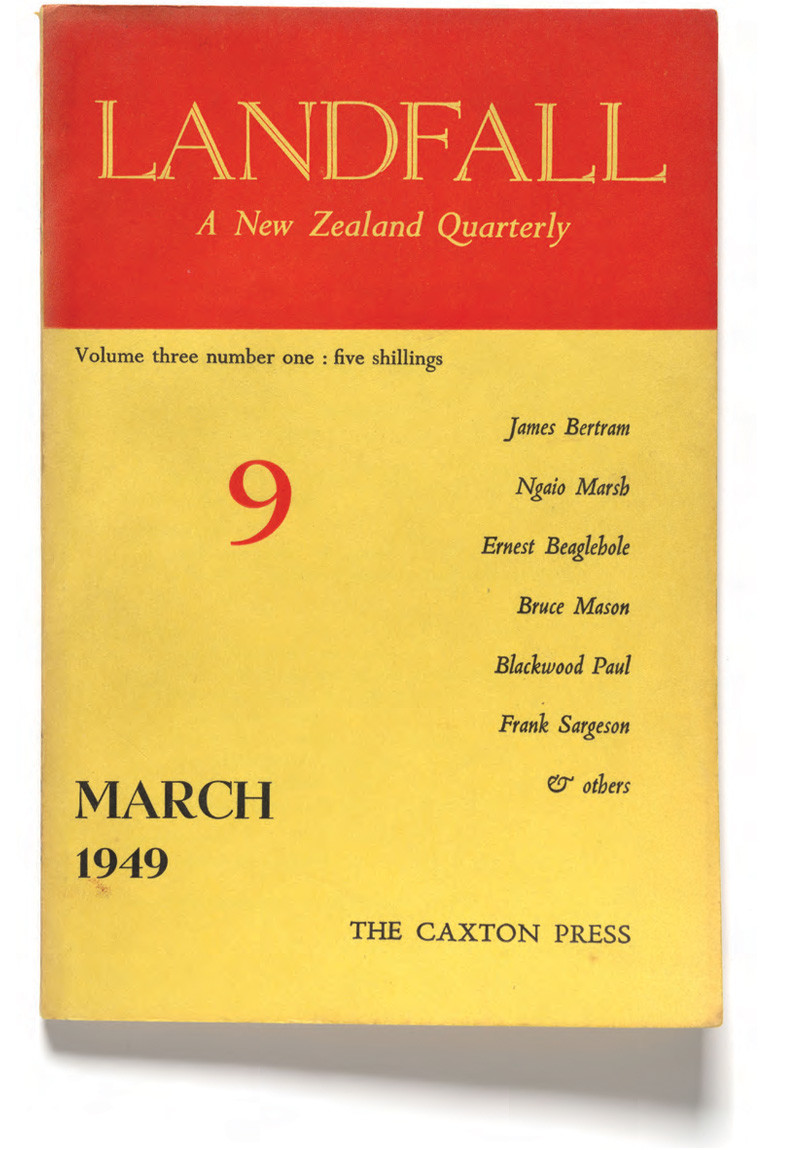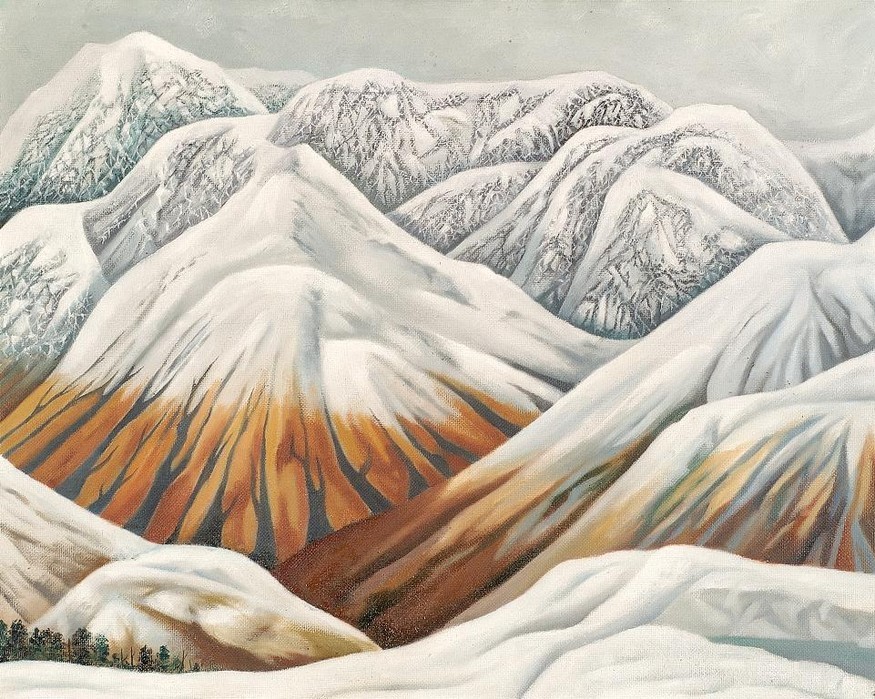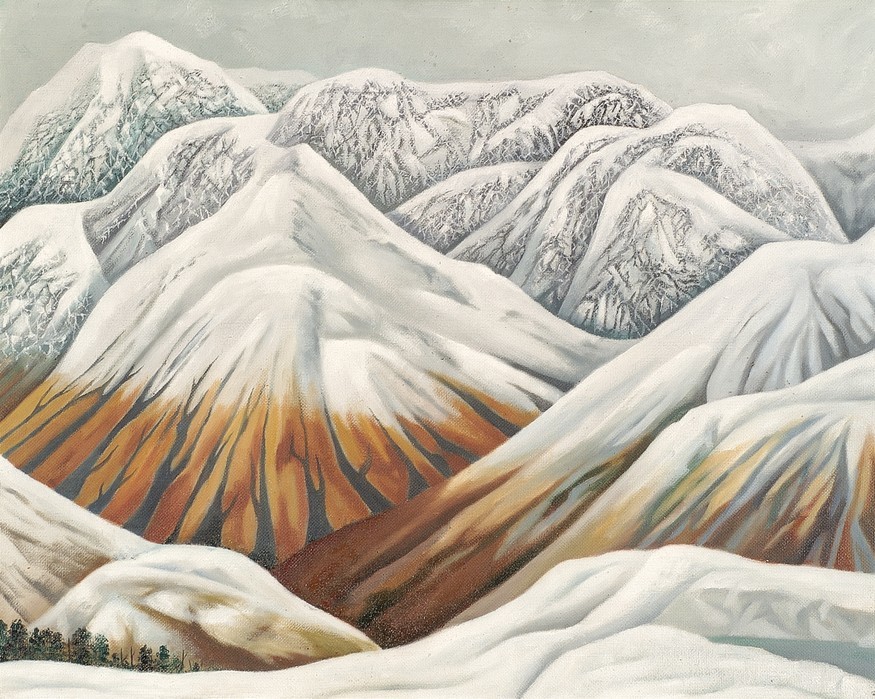The tide is in and the sea is like a blue mirror
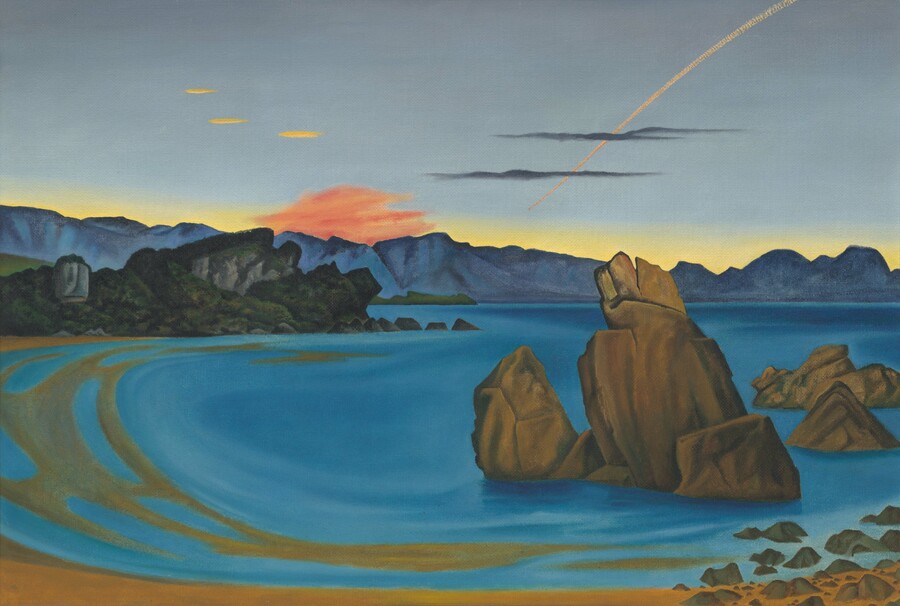
Leo Bensemann Evening, Ligar Bay 1979. Oil on board. Collection of Burnside High School. Reproduced with permission
I’ve always thought that if you’re a landscape artist, the working holiday must be the perfect getaway. You get to immerse yourself in an environment that may then become reflected in your art, a manifestation of your response and connection to a place. This was certainly the case for several Ōtautahi Christchurch landscape painters in the twentieth century: Doris Lusk and Onekakā, Bill Sutton and the Port Hills, Ivy Fife and the Canterbury High Country, Rita Angus and Wainui. For their close contemporary and friend Leo Bensemann it was Mohua Golden Bay, a landscape that had a profound effect on him when he holidayed there in the summer of 1965. It was a location he bonded with so much that he returned regularly to holiday and paint most summers for the rest of his life, in the process creating a remarkable body of over sixty paintings of the region.1
Leo Bensemann (1912–1986) was born in the Mohua town of Tākaka. His Bensemann ancestors were early German im- migrants to the Whakatū Nelson region, and he spent his childhood in Mohua before moving to Whakatū aged eight. After settling in Ōtautahi by 1930, he forged a successful career as a letterpress printer, typographer and manager at the Caxton Press while raising a family with his wife Mary. As any full-time job does, his role at Caxton curtailed his ability to make art, but he continued to produce wood- engravings, drawings and paintings.
His 1965 visit to Mohua certainly lit a fire under his creative output, and while he continued to paint other Te Waipounamu South Island landscapes the body of Mohua paintings illustrate that this area was a major inspiration for him. He painted numerous works of the steep green hills of the Pikikirunga Range to the east of the valley, and views from the beach at Ligar Bay looking out to the Burnett Range to the west. And then there are the numerous paintings focusing on the unique karst marble formations that litter the valley floor and the tops of the ranges that surround it. Given his intense focus on the landscapes of Mohua during the last two decades of his life, Bensemann was truly a regionalist in every sense of the word.
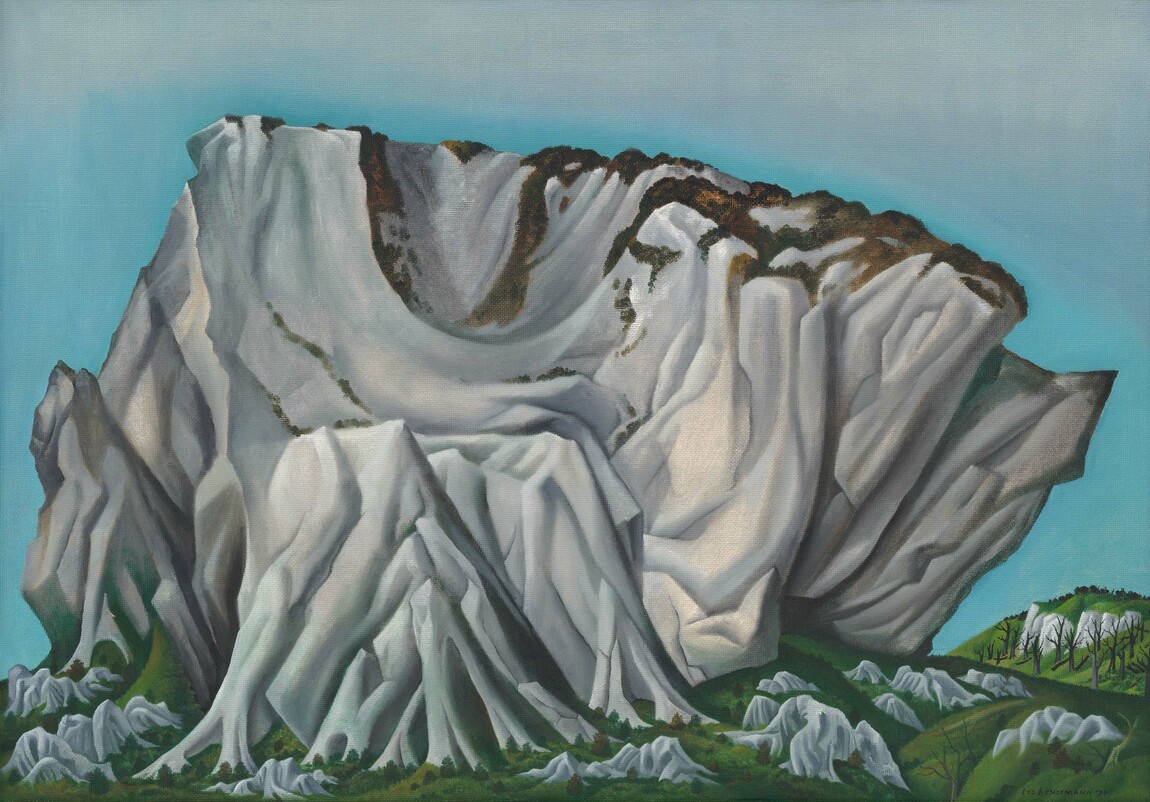
Leo Bensemann On the Takaka Hill 1977. Oil on board. Collection of Christchurch Art Gallery Te Puna o Waiwhetū, purchased 1983
Driving to Mohua from Ōtautahi takes determination and commitment. After driving for most of the day, including up and over the main divide at Lewis Pass then tootling all the way up the middle of Te Waipounamu, travellers are then faced with the daunting drive over the steep and winding Tākaka Hill with its (reportedly) 257 bends to negotiate. I picture Bensemann easing around bends and corners on this part of his annual summer pilgrimage to Mohua: grinding through the gears, pumping on the brakes and keeping a close eye on the temperature gauge of his Austin 1800 as he ploughed on over the hill; the brake shoes cooking by the time he reached the valley floor on the other side. I imagine the sense of relief when he finally pulled up to the Doll’s House, the bach he and Mary rented on the beach at Ligar Bay, and turned the hot engine off; the moment when the effort of getting there pays off and he can relax and absorb the views out across the bay he loved so much for a week or so away from the bustle of Ōtautahi.
The effect this landscape had on Bensemann is often seen in his correspondence. In 1973 he wrote:
I am at the Bay and the day is incredibly beautiful. The tide is in and the sea is like a blue mirror and the only thing wrong is that I have to return to Chch this weekend. [Mary] decided not to come this year – a great pity as she loves this place so much and the weather has been perfect. I have enjoyed being here of course although I must confess I get sick of my own company. I have started a few paintings … Lawrence [Baigent] and Robert [Erwin] are staying at Collingwood and I may go over and visit them this afternoon and perhaps make one or two drawings on the way. They came over here on Monday and I was very pleased to see them. Both well but Lawrence furious with his new car which has a boiling radiator – and that’s enough to drive anyone insane.2
And the following year:
I am leaving for Nelson on Saturday and may not get another chance to send you (both) loving greetings from this most beautiful place. And what a night it is – I came over a week ago last Saturday and the days have melted away in swimming, eating, sleeping and quite a lot of good painting.3
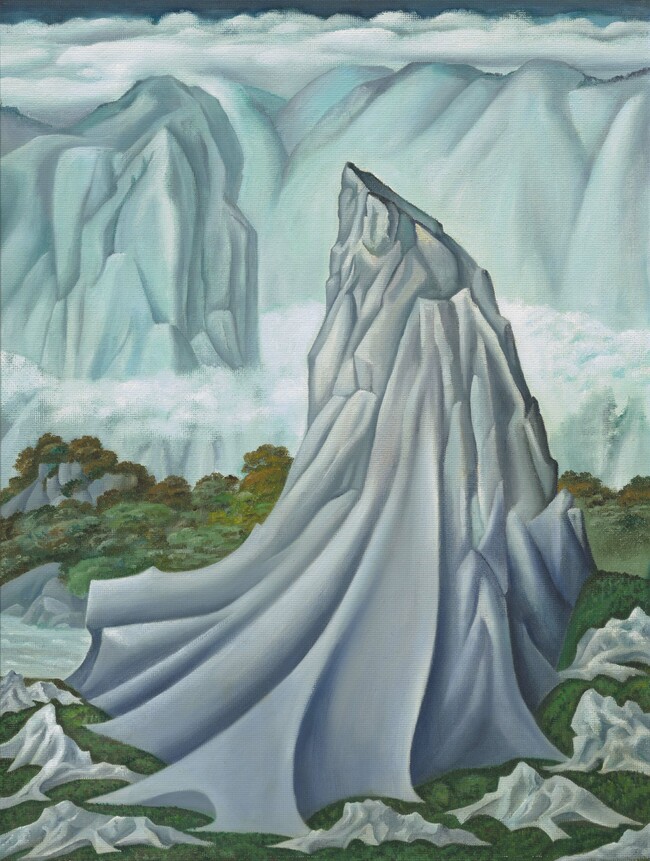
Leo Bensemann Rain in the Paradise Garden, Takaka 1979. Oil on hardboard. Collection of Christchurch Art Gallery Te Puna o Waiwhetū, purchased with assistance from a group of Canterbury artists, 1991
The hills surrounding and enclosing Mohua captivated Bensemann, especially the Pikikirunga Range, which runs directly to the east alongside East Tākaka, Motupipi, Clifton, Pōhara, Ligar Bay and Tata Beach. Hills near Takaka was likely finished back in his Ōtautahi studio and highlights his use of photographs to develop his landscape compositions. Bensemann here seems just as concerned with the underlying structure and shape of the landforms as he is with what is present above them. Apart from the foreground, all plant life has been stripped back to shades of green and he includes no sign of human habitation.
Marble karst is one of the defining features of the Mohua region. A beautiful grey rock that litters the landscape, it sparkles in the sunlight. Over time, rain and wind weather it to create strange formations that emerge out of the land- scape. These appealed to Bensemann greatly, and his many photographs of the rocks later became a rich source of inspiration for the Mohua paintings completed in Ōtautahi. As Bensemann’s biographer Peter Simpson has noted, he relished altering scale in many of his paintings, exploring the symbolic and surreal potential these changes created. Seemingly insignificant rocks often appear as massive land- forms in paintings such as On the Takaka Hill.
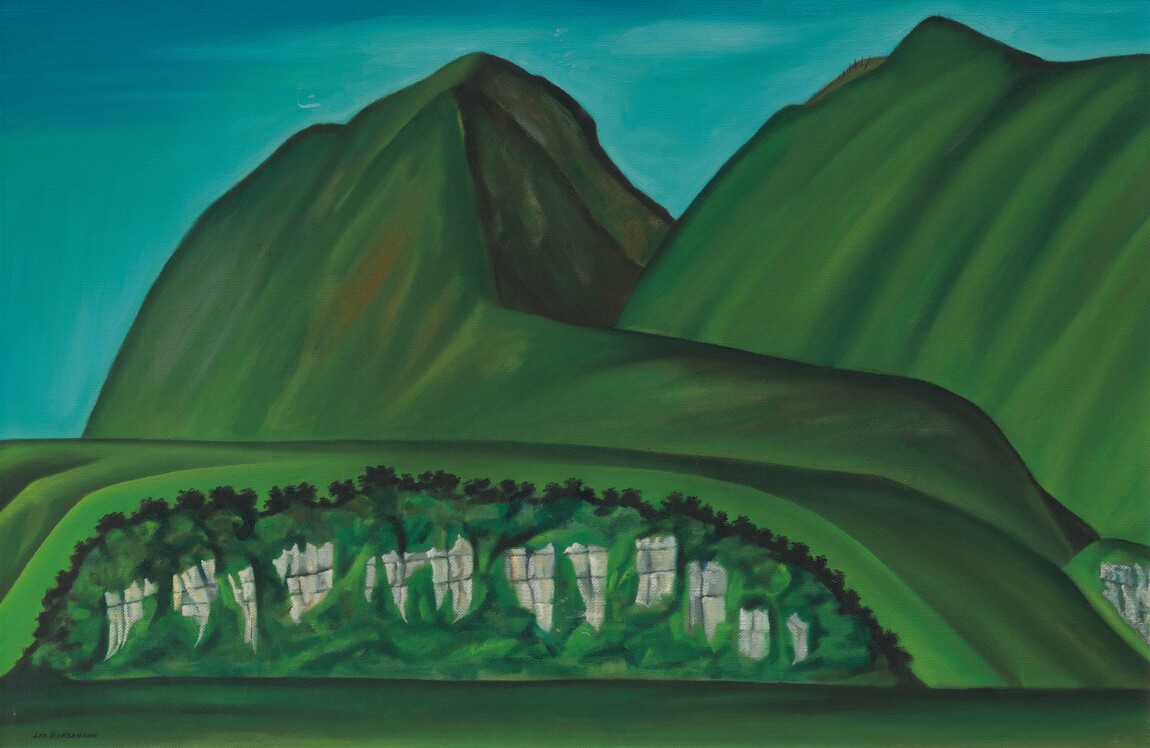
Leo Bensemann Hills Near Takaka c. 1969. Oil on board. Collection of Christchurch Art Gallery Te Puna o Waiwhetū, purchased with assistance from the Friends of Robert McDougall Art Gallery, 1985
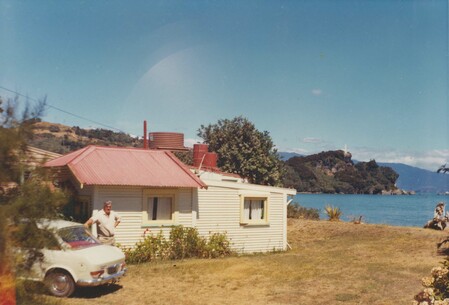
Leo Bensemann and his Austin 1800 at the Doll’s House, Ligar Bay, Mohua. Photo: Mary Bensemann
Bensemann’s imaginative and surrealist exploration of the rock forms is seen most effectively in Rain in the Paradise Garden, Takaka and its companion work The Dolomite Madonna. These two extraordinary paintings were inspired by a small fragment of Tākaka marble found while he and Mary were walking on Mount Burnett near Collingwood. Enlarged to resemble a sharp pinnacle emerging out of the ground, both versions are evocative of Mohua. The Dolomite Madonna, complete with a halo, is depicted before dense dark green bush so evocative of the surrounding hills. The expansive nīkau palms enclose the rock – their trunks are reminiscent of the grand pillars of a cathedral and the arch of lighter green behind the rock could be read as a window. Bensemann imbues the rock with a mystical presence.
Bensemann later recounted:
One marvellous summer’s evening Mary and I (with my cousin and his wife and a friend) were up on top of Mt Burnett. The undergrowth was everywhere littered with dangerous pieces of rock and it was there the Madonna appeared and was picked up.
We stayed much too late so it was dark when we came down through the bush past glow worms lighting up and switching off their deceptive paths on the bank of the track. But we got down safely and back at last to Collingwood which seemed brilliantly lit up after the bush and then drove quietly back to Ligar Bay. It certainly was a great night and was to prove so later…4
Leo Bensemann: Paradise Garden is a rare and welcome opportunity for visitors to the Gallery to experience an important aspect of this Waitaha Canterbury painter’s output. Many will remember the excellent but ultimately ill-fated Leo Bensemann: A Fantastic Art Venture retrospective – the only major survey of his work to date, it opened at Christchurch Art Gallery Te Puna o Waiwhetū on 11 February 2011, just twelve short days before the 22 February earthquake brought it to an abrupt and very unwelcome close. Leo Bensemann: Paradise Garden goes some way to making up for the incredibly short run of the exhibition.








